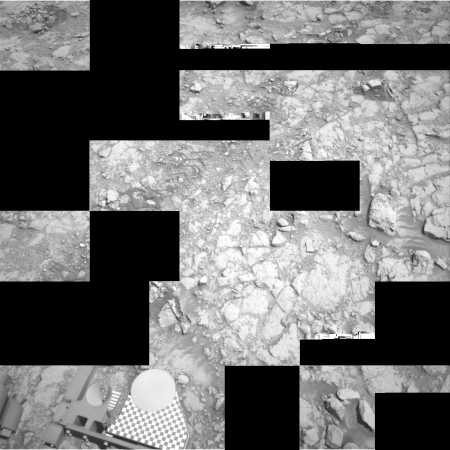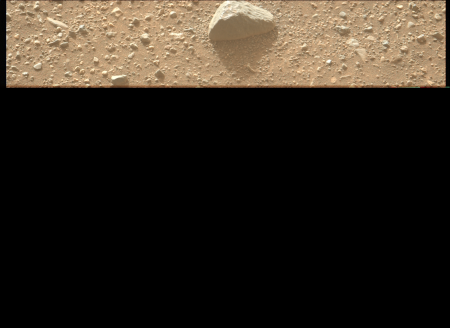Review of SpaceX’s 2026 Superheavy/Starship test flights
Link here. The article begins by reviewing the work SpaceX is doing at both Boca Chica in Texas and Cape Canaveral in Florida. In the end, the company is aiming to have two Starship launchpads at Boca Chica and three launchpads in Florida, with both locations have extensive manufacturing facilities capable of building ships and boosters almost continually.
It then provides a nice review of all five Superheavy/Starship test flights that took place in 2025, a review that makes it very clear how much was accomplished, and indicates the possibilities for ’26. If SpaceX could manage almost one flight every two and a half months last year, despite two test stand explosions, the odds are excellent it will exceed that pace this year.
Link here. The article begins by reviewing the work SpaceX is doing at both Boca Chica in Texas and Cape Canaveral in Florida. In the end, the company is aiming to have two Starship launchpads at Boca Chica and three launchpads in Florida, with both locations have extensive manufacturing facilities capable of building ships and boosters almost continually.
It then provides a nice review of all five Superheavy/Starship test flights that took place in 2025, a review that makes it very clear how much was accomplished, and indicates the possibilities for ’26. If SpaceX could manage almost one flight every two and a half months last year, despite two test stand explosions, the odds are excellent it will exceed that pace this year.











